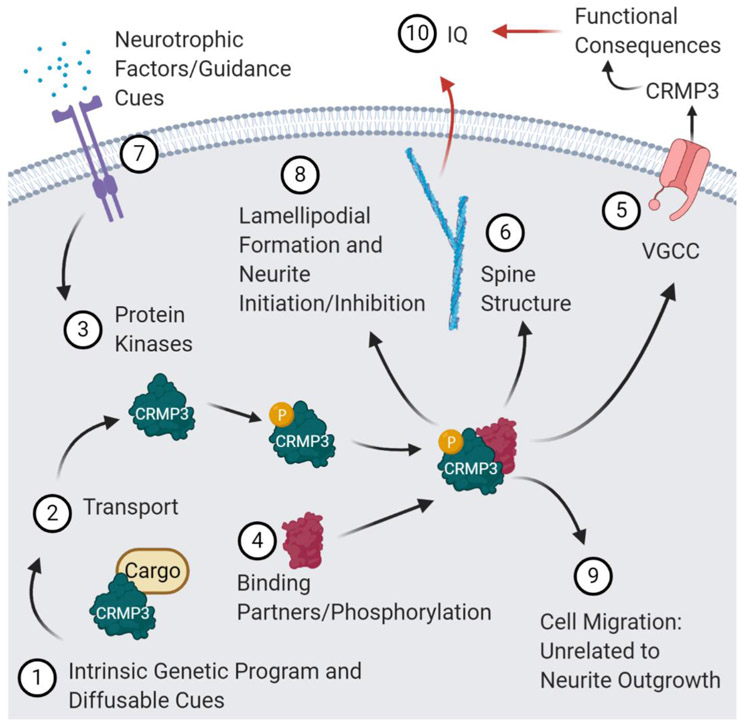Figure 2. A proposed model for the regulation of dendrite morphology by CRMP3/DPYSL4 activity.
We propose a model involving CRMP3/DPYSL4 activity underlying neurite initiation and dendrite outgrowth following Ca2+ influx. Combinatorial stimulation of CRMP3/DPYSL4 gene expression, or activity by intrinsic and extrinsic factors (1). The localization and distribution of FL-CRMP3-positive puncta in dendrites suggest that CRMP3 could be associated with vesicles or large carrier protein complexes and is then actively transported to dendrites (2). Structural and biochemical studies support the notion that CRMP3 activity might be regulated by phosphorylation or other post-translational modifications (3–4) induced by neurotrophic factors or guidance cues (7). Activated CRMP3/DPYSL4 binds to protein partners and serves as an adaptor in a variety of signaling pathways including Ca2+ influx (CaV; 5). Our genetic studies have shown that CRMP3/DPYSL4 contributes to dendritic arborization, dendritic spine genesis (6) and neurite initiation (8). These effects might involve lamellipodia formation, cell migration (9), dendritic arborization, spine density and structure. Collectively, these functional clusters may affect cognition, learning and memory (10).

